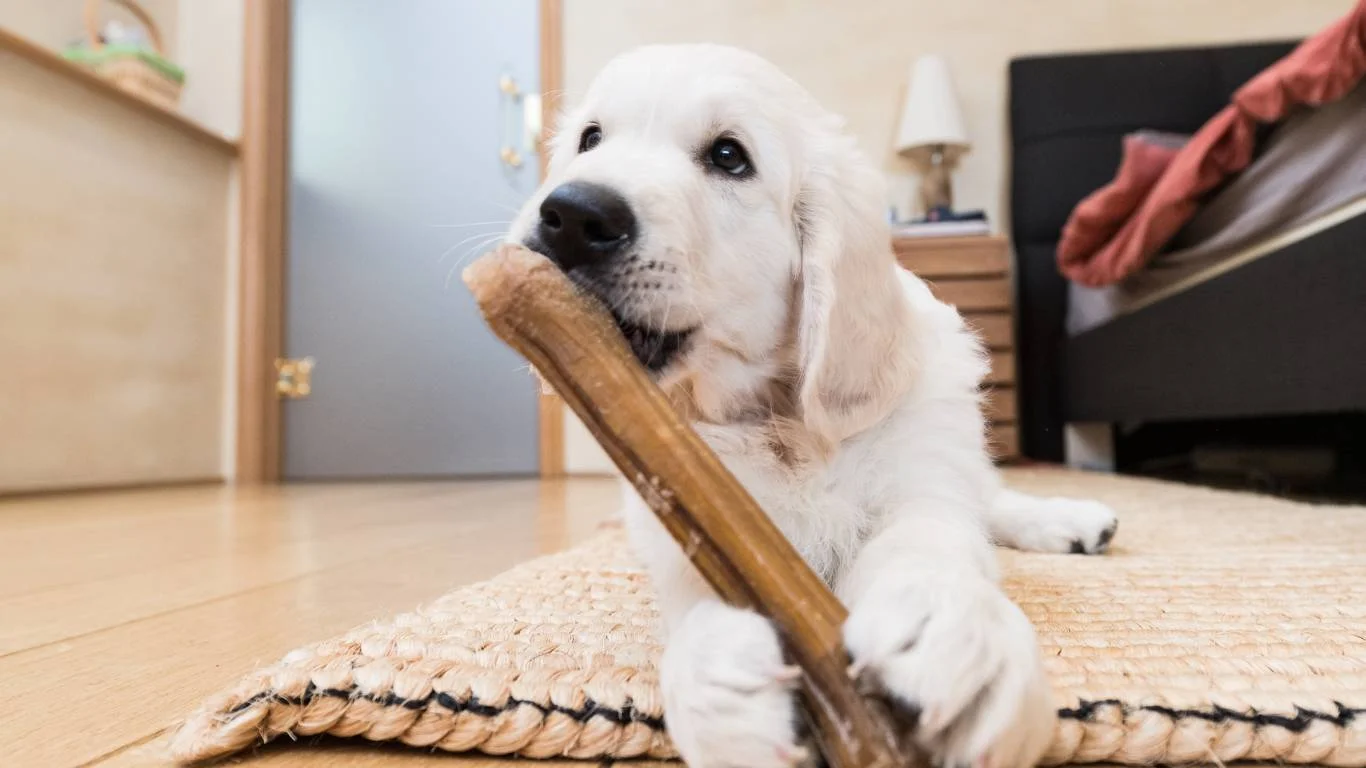How to Identify & Treat Yeast Infections in Dogs – Stop the Itch Now!
As a Pet Nutritionist and pet care expert in veterinary clinics, I’ve seen my fair share of uncomfortable, itchy dogs walking through the door. One of the most common culprits? Yeast infections. If your pup has been excessively scratching, developing a funky odor, or dealing with chronic ear infections, you might be dealing with this sneaky little problem. In this guide, we’ll dive deep into how to identify and treat yeast infections in dogs, so you can help your furry friend find relief.
What Is a Yeast Infection in Dogs?
Yeast infections in dogs occur when there’s an overgrowth of Malassezia, a type of yeast that naturally exists on their skin. Under normal conditions, this yeast is harmless. But when things get out of balance—due to allergies, moisture buildup, or a weakened immune system—it can multiply like crazy, leading to redness, itching, and irritation.
Common Areas Affected by Yeast Infections
- Ears: Chronic ear infections with a distinct, musty odor.
- Paws: Constant licking and reddish-brown staining.
- Skin Folds: Particularly in wrinkly breeds like Bulldogs and Shar-Peis.
- Groin & Armpits: Moist areas that trap heat and bacteria.
Signs and Symptoms of Yeast Infections in Dogs
Identifying a yeast infection early is crucial to prevent it from escalating into a serious issue. Here are some telltale signs to watch for:
Itching and Scratching
Dogs with yeast infections are often miserably itchy. I’ve had pet parents tell me their dog is scratching so much that they’re losing sleep at night. If your pup seems obsessed with certain areas—ears, paws, or skin folds—it’s worth investigating.
Red, Inflamed, or Greasy Skin
Affected skin may appear red and irritated, sometimes with a greasy or waxy feel. If you notice an unusual texture on your dog’s coat or patches of fur loss, yeast could be the culprit.
Unpleasant Odor
One of the biggest giveaways? That unmistakable, corn chip-like smell. If your dog suddenly starts to stink even after a bath, yeast overgrowth might be at play.
Paw Licking and Discoloration
Dogs with yeast infections on their paws will often obsessively lick and chew at them. Over time, the saliva stains their fur a reddish-brown color, particularly in light-colored dogs.
Causes of Yeast Infections in Dogs

So why does yeast get out of control in some dogs? Several factors can tip the balance, leading to an overgrowth.
Excessive Moisture
Yeast thrives in warm, damp environments. If your dog loves to swim or frequently gets wet but isn’t dried properly, the moisture can create the perfect breeding ground.
Food Allergies and Diet
As a pet nutritionist, I’ve seen countless dogs improve simply by changing their diet. High-carb, starchy foods (like kibble loaded with potatoes, rice, or corn) can feed yeast. Some dogs also react to proteins like chicken or beef, triggering an overgrowth.
Weakened Immune System
Dogs with chronic health conditions, autoimmune diseases, or long-term use of steroids or antibiotics can develop yeast infections more easily. When their immune system isn’t strong enough to keep yeast in check, it flourishes.
Underlying Allergies
Allergies—whether food-related or environmental—often go hand in hand with yeast infections. I can’t tell you how many times I’ve had pet parents come in thinking their dog just has itchy skin, only to discover a deeper yeast issue underneath.
How to Identify and Treat Yeast Infections in Dogs
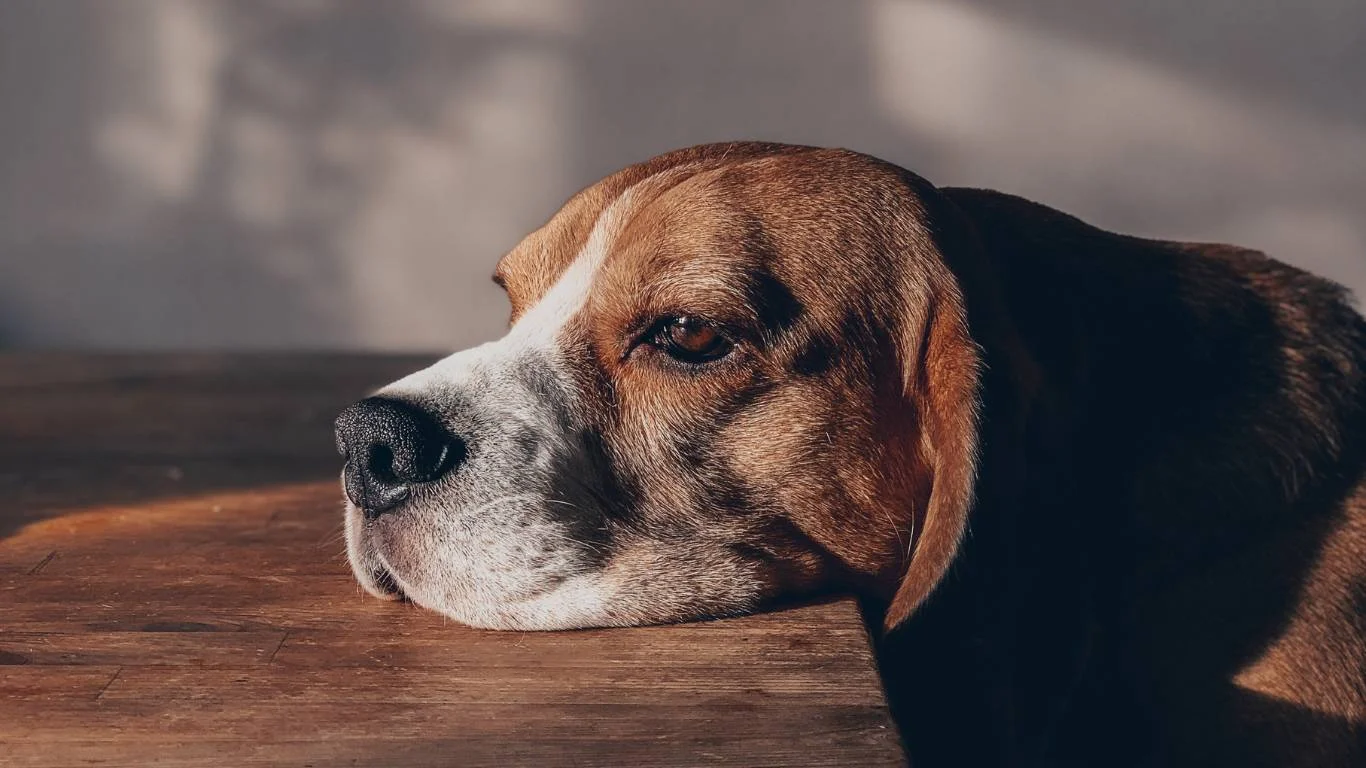
If you suspect a yeast infection, the first step is to confirm it. Your vet can perform tests like skin scrapings or ear swabs to check for yeast under a microscope. But there are also some at-home methods to help determine if yeast is the problem.
The “Sniff Test”
Yeast has a very distinct smell. If your dog’s paws, ears, or skin have a musty, Fritos-like odor, yeast is a likely culprit.
Skin and Coat Changes
Look for greasy skin, redness, or dark patches where fur has thinned. Chronic yeast infections can also cause thickened, “elephant-like” skin in severe cases.
Home Remedies vs. Veterinary Treatment
There are some effective at-home treatments, but it’s important to know when to seek professional help. Mild cases might improve with changes in diet and hygiene, but chronic or severe infections usually require prescription antifungals or medicated shampoos.
Medicated Shampoos and Topical Treatments
One of the best ways to manage yeast is with a medicated shampoo. Look for ingredients like chlorhexidine, ketoconazole, or miconazole. I always recommend leaving the shampoo on for at least 10 minutes before rinsing to maximize effectiveness.
Dietary Adjustments
Reducing carbs and switching to a low-starch, grain-free diet can help starve the yeast. Some dogs also benefit from adding coconut oil, probiotics, or raw diets to their meal plan.
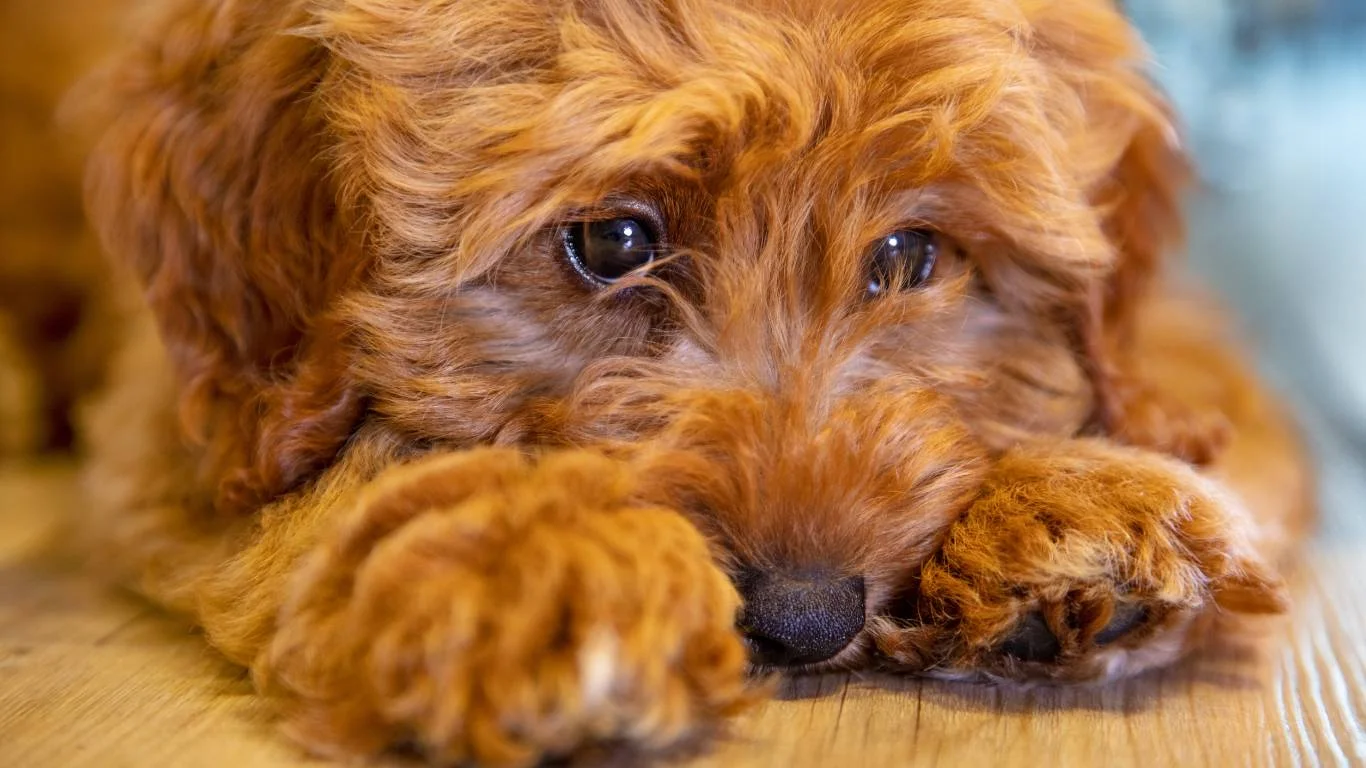
Yeast infections can be frustrating, but with the right approach, they’re completely manageable. In the next section, we’ll explore more in-depth treatment plans, including natural remedies, prevention strategies, and long-term solutions to keep yeast at bay.
Natural Remedies for Yeast Infections in Dogs
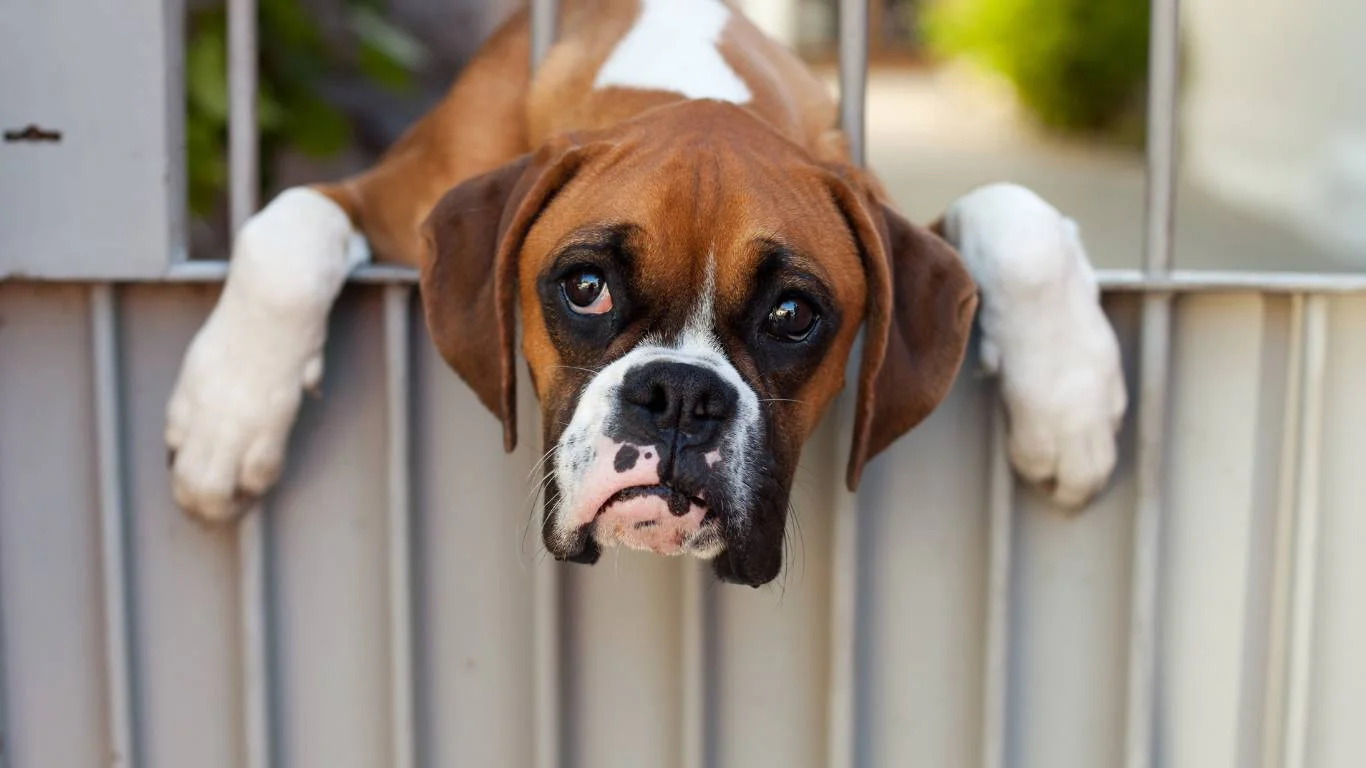
As much as I appreciate the power of veterinary medicine, I also love incorporating natural remedies into treatment plans when appropriate. Many pet parents prefer to start with holistic approaches before jumping into prescription meds, and in mild yeast infections, this can work really well.
Apple Cider Vinegar Rinse
This is one of my go-to recommendations for mild yeast issues. Apple cider vinegar (raw, unfiltered) has natural antifungal properties that can help restore balance to your dog’s skin. Mix equal parts water and apple cider vinegar, then use a spray bottle or cotton pad to apply it to affected areas. Just be careful—if the skin is raw or broken, this might sting!
Coconut Oil and Essential Oils
Coconut oil contains lauric acid, which helps combat yeast overgrowth. You can apply a thin layer to affected areas or add a small amount to your dog’s food. For an extra antifungal boost, mix in a drop of tea tree or oregano oil (always diluted) to enhance its effectiveness.
Probiotics and Digestive Support
Gut health plays a huge role in yeast overgrowth. If your pup has been on antibiotics or eats a high-carb diet, their gut flora might be out of whack. Adding a high-quality probiotic can help restore balance from the inside out. Look for Lactobacillus and Bifidobacterium strains for the best results.
Baking Soda Soaks
For dogs with itchy, yeasty paws, a baking soda foot soak can provide relief. Just dissolve half a cup of baking soda in warm water and let your dog’s paws soak for about 5 minutes. This helps neutralize pH levels and reduce itchiness.
Veterinary Treatments for Severe Yeast Infections
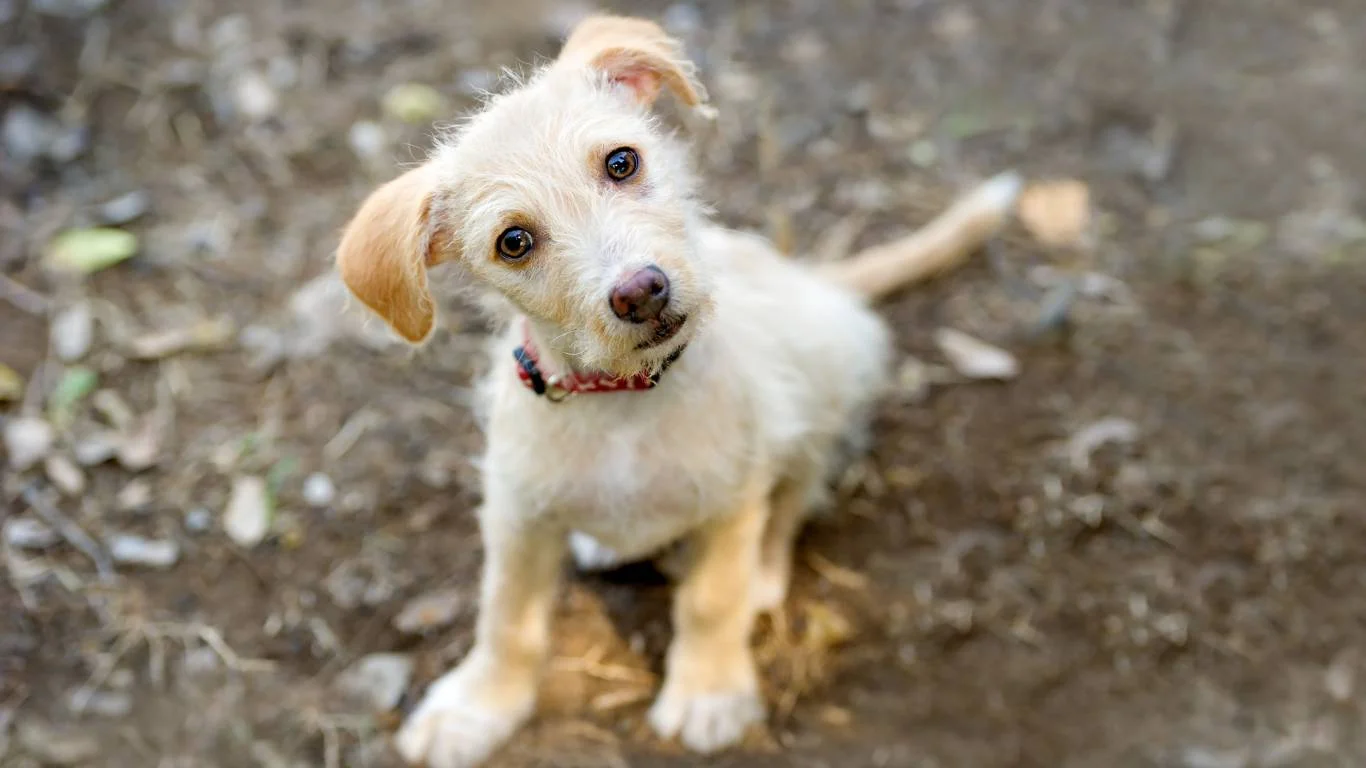
While natural remedies work for some cases, there are times when veterinary intervention is absolutely necessary. I’ve seen dogs come into the clinic with severe, chronic yeast infections that just couldn’t be tackled with home care alone.
Prescription Antifungal Medications
For persistent or severe infections, vets often prescribe oral antifungal medications like fluconazole or ketoconazole. These work systemically to eliminate yeast overgrowth from the inside out. However, these meds can be tough on the liver, so regular bloodwork may be needed to monitor your dog’s health.
Medicated Shampoos and Wipes
When yeast is localized to the skin, chlorhexidine, miconazole, or ketoconazole-based shampoos are highly effective. I always advise pet parents to let the shampoo sit for at least 10 minutes before rinsing—it makes a big difference! Medicated wipes are also great for keeping skin folds, ears, and paws yeast-free.
Ear Medications for Yeast Infections
Yeasty ears are a common issue, and trust me, I’ve seen dogs suffer for way too long before getting proper treatment. If your pup has chronic ear infections, your vet might prescribe antifungal ear drops like clotrimazole or posaconazole. Keeping ears dry and clean is key to preventing recurrence.
Preventing Yeast Infections in Dogs
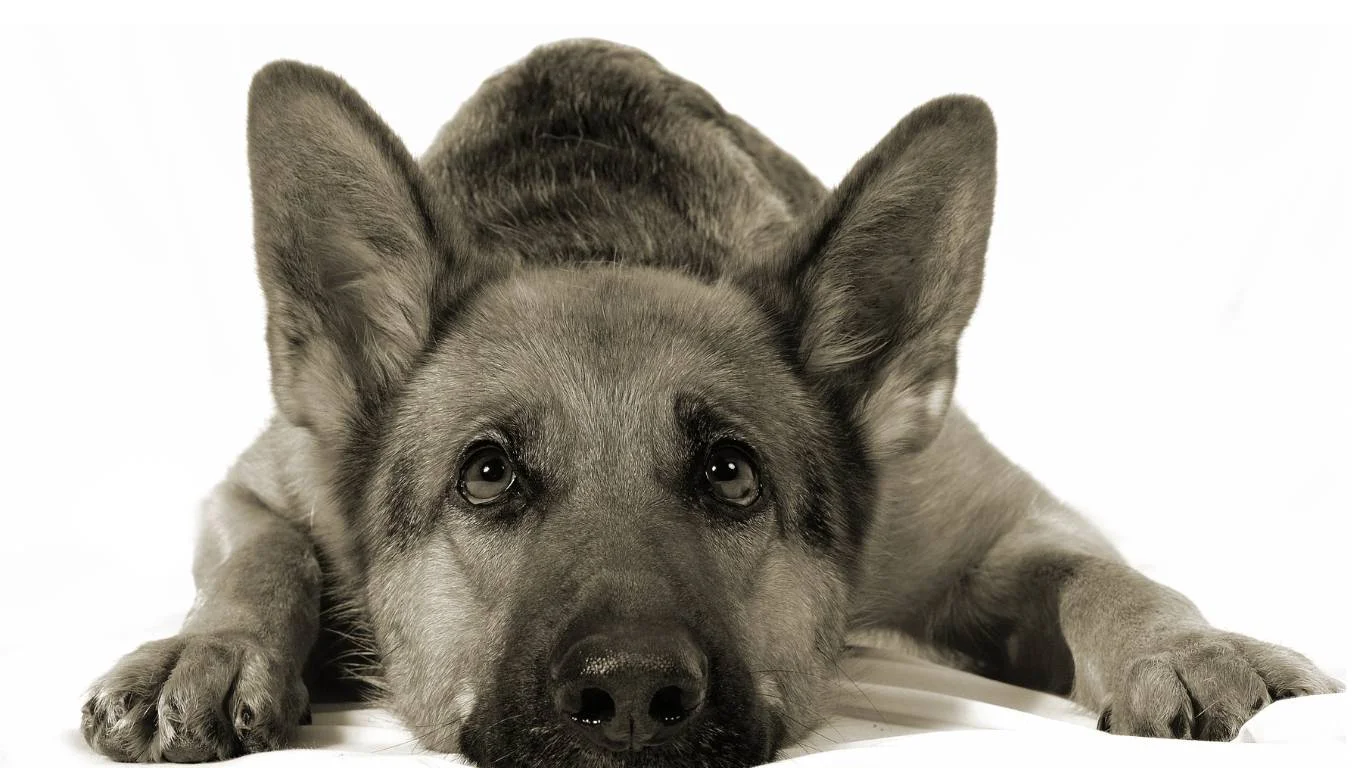
Once you’ve dealt with a yeast infection, the last thing you want is for it to come back. Prevention is all about maintaining a balanced, healthy environment for your dog—inside and out.
Maintain a Low-Carb Diet
Yeast loves sugar, and many commercial dog foods are loaded with starchy fillers like rice, corn, and potatoes. If your dog is prone to yeast infections, consider switching to a low-carb, high-protein diet. Raw or freeze-dried options often work well for these cases.
Regular Grooming and Hygiene
- Keep ears dry: After baths or swimming, gently dry your dog’s ears with a cotton ball.
- Clean paws regularly: Use pet-safe wipes or a diluted vinegar rinse if your dog licks their paws excessively.
- Monitor skin folds: For wrinkly breeds, make sure to clean and dry folds daily to prevent moisture buildup.
Boost the Immune System
A strong immune system can naturally keep yeast in check. Consider adding immune-supporting supplements like omega-3 fatty acids, probiotics, and vitamin E to your dog’s diet.
With the right combination of diet, hygiene, and veterinary care, yeast infections can be effectively managed—and even prevented altogether. In the next section, we’ll take a closer look at how to spot early warning signs before an infection gets out of control.
How to Spot Early Warning Signs of Yeast Infections
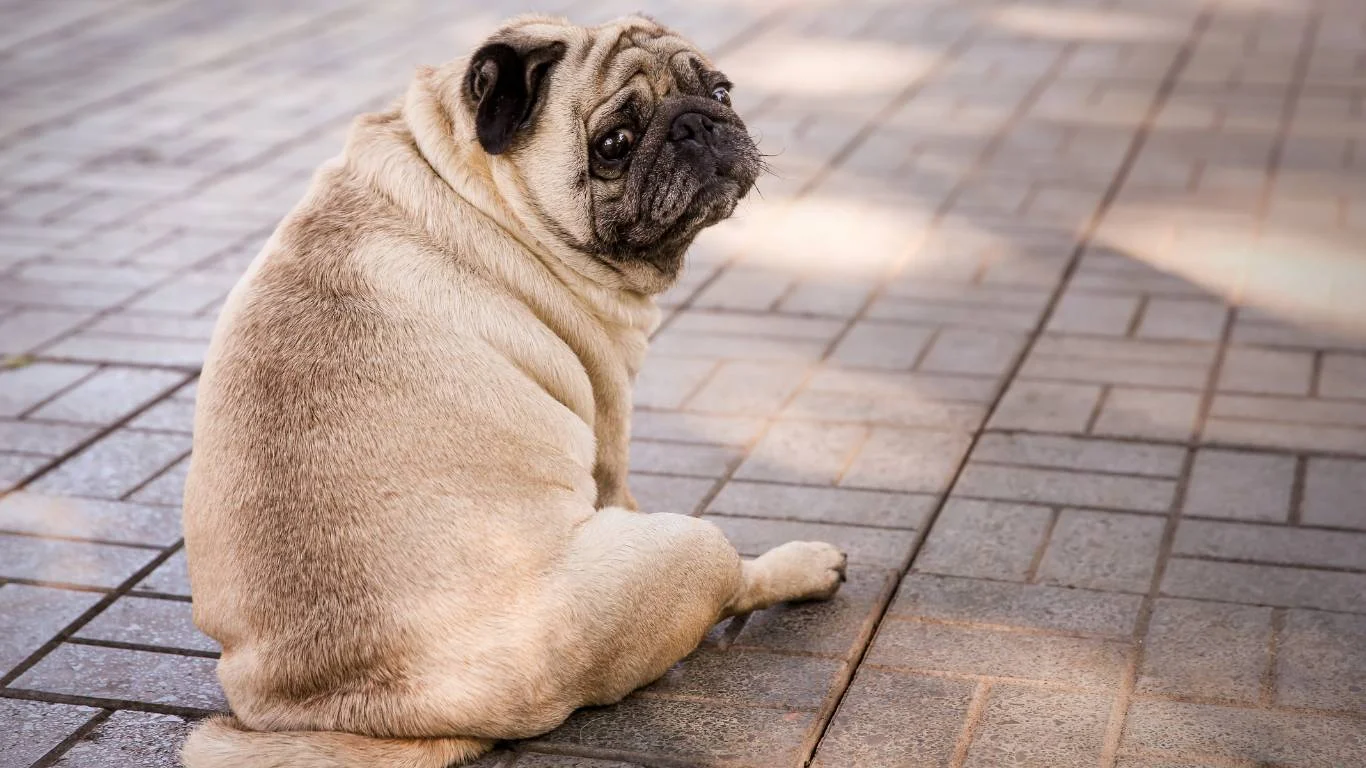
One of the best ways to prevent a full-blown yeast infection is to catch it early. I can’t tell you how many times pet parents come into the clinic, frustrated that they’ve been treating an issue for weeks without realizing it started as something small. Recognizing the first signs can save your dog from unnecessary discomfort and help you avoid expensive treatments.
Changes in Odor
Dogs have their own natural scent, but if you notice a sudden shift—especially towards a musty, sweet, or Frito-like smell—it’s time to investigate. Yeast produces a distinctive odor that lingers even after a bath.
Persistent Licking or Chewing
Yeasty paws are itchy, and dogs will instinctively lick or chew at them for relief. If your pup is obsessively working at their feet, ears, or belly, it’s worth taking a closer look.
Greasy, Flaky, or Discolored Skin
Skin that looks greasy, flaky, or thickened (especially in folds or between toes) could be an early indicator of yeast overgrowth. In lighter-colored dogs, affected areas may develop a rusty or darkened appearance.
Recurring Ear Infections
Dogs prone to yeast infections often suffer from chronic ear infections. If your dog has dark, waxy buildup, head shaking, or red, irritated ears, yeast could be the culprit.
Long-Term Management of Yeast Infections in Dogs
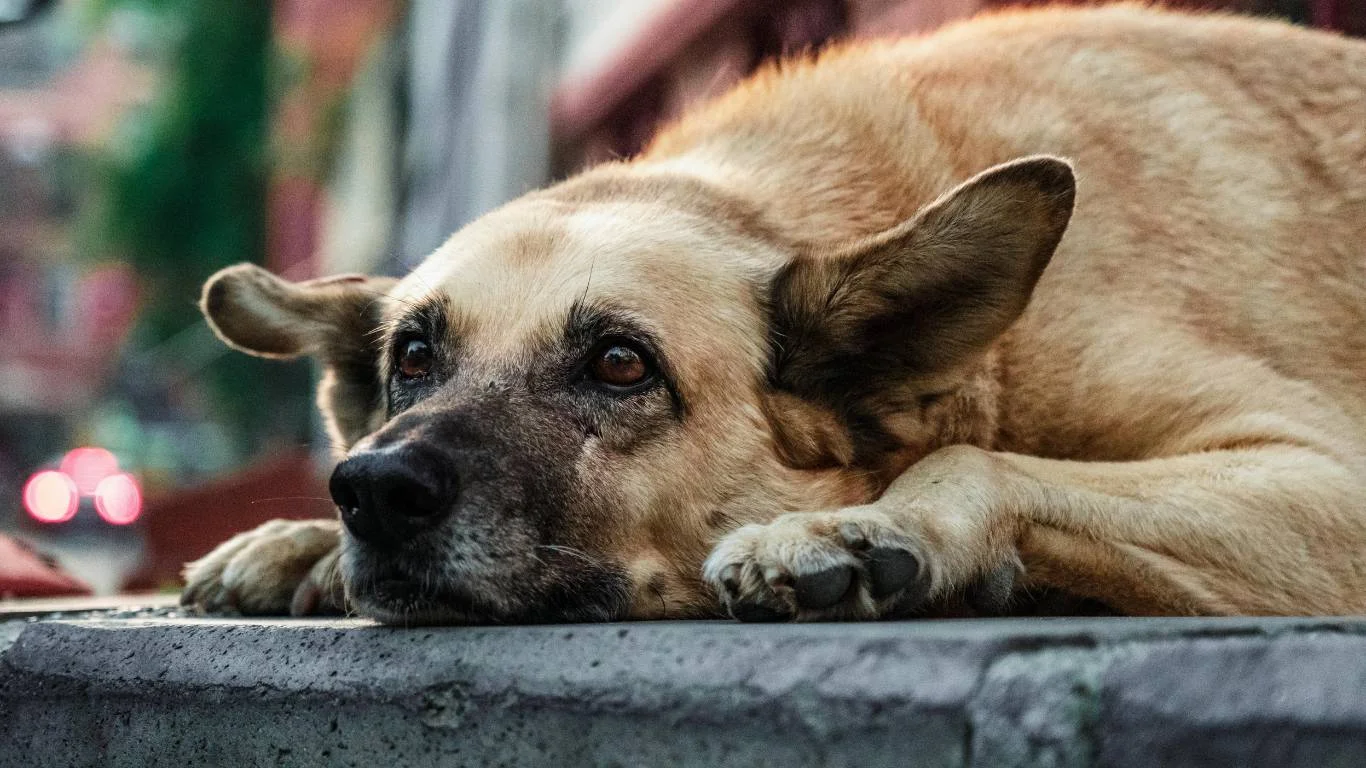
Once you’ve successfully treated a yeast infection, the real challenge begins: keeping it from coming back. I’ve worked with so many dog owners who go through the cycle of treating yeast, only for it to flare up again within weeks. The key? Long-term management and a proactive approach.
Stick to a Yeast-Friendly Diet
Diet plays a massive role in yeast overgrowth. If your dog has had recurrent infections, try eliminating high-carb foods, grains, and processed treats. Instead, opt for a balanced, protein-rich diet with fresh, whole ingredients. Some great options include:
- Raw or freeze-dried diets: These are typically lower in carbs and packed with natural nutrients.
- Limited-ingredient diets: Great for dogs with food sensitivities that contribute to yeast flare-ups.
- Homemade meals: If done right (with veterinary guidance), home-cooked meals allow full control over what goes into your dog’s bowl.
Regular Grooming and Hygiene
Consistency is key when it comes to keeping yeast away. If your dog is prone to infections, here are some habits to maintain:
- Bathing: Use a yeast-fighting shampoo (like those with chlorhexidine or miconazole) every few weeks.
- Ear Cleaning: Keep ears dry and free from excessive wax buildup by using a vet-approved ear cleaner.
- Paw Care: Wipe paws regularly, especially after walks in damp or muddy areas.
Boosting Your Dog’s Immune System
Yeast overgrowth often indicates a deeper issue with immune function. Strengthening your dog’s immune system can help prevent future infections. Consider adding:
- Probiotics: Help balance gut bacteria and keep yeast levels in check.
- Omega-3 fatty acids: Reduce inflammation and support skin health.
- Herbal Supplements: Ingredients like oregano oil, garlic (in small amounts), and coconut oil have natural antifungal properties.
When to See a Vet
While many yeast infections can be managed at home, there are times when professional treatment is necessary. Don’t hesitate to see your vet if:
- Your dog’s symptoms worsen despite home treatment.
- The infection spreads or becomes widespread.
- Your dog seems lethargic, in pain, or loses appetite.
- There’s a secondary bacterial infection (indicated by pus, open sores, or extreme redness).
Final Thoughts on Identifying and Treating Yeast Infections in Dogs
Yeast infections in dogs can be frustrating, but with the right approach, they’re entirely manageable. Whether it’s tweaking their diet, using medicated shampoos, or trying natural remedies, every dog is different—what works for one might not work for another. The key is staying observant and proactive.
By focusing on prevention, early detection, and long-term care, you can help your furry friend stay happy, healthy, and yeast-free. If you ever find yourself in doubt, a quick trip to the vet is always the best course of action.
References
- VCA Animal Hospitals – Comprehensive veterinary information on yeast infections.
- American Kennel Club – Guide to common skin conditions in dogs.
- PetMD – Expert-backed articles on dog health and treatments.
Disclaimer
This article is for informational purposes only and is not a substitute for professional veterinary advice. If your dog is experiencing severe or persistent symptoms, please consult a licensed veterinarian for proper diagnosis and treatment.
